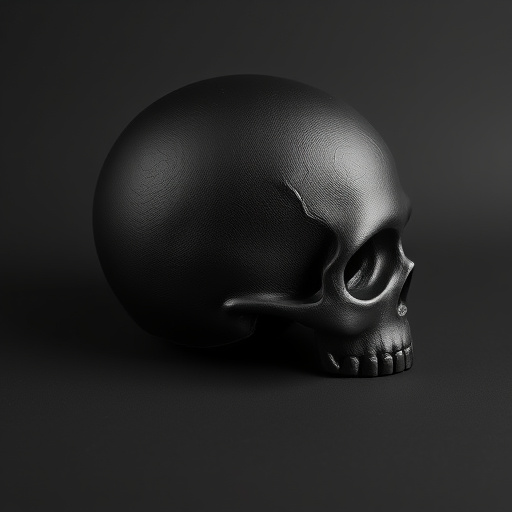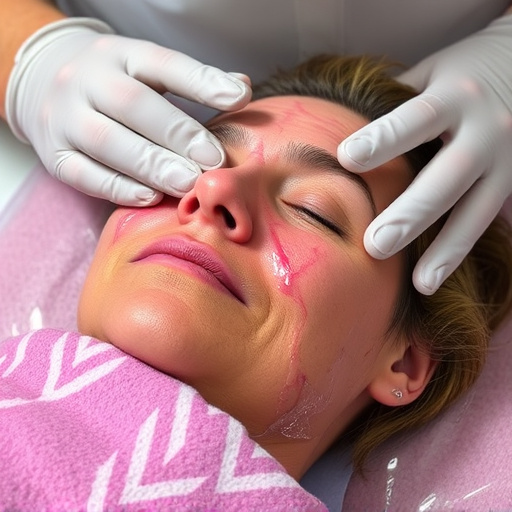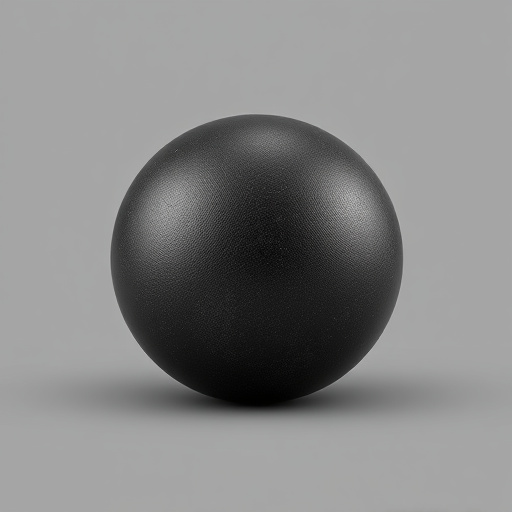Professional polishing is a versatile and transformative process that enhances aesthetics and functionality across diverse industries. By achieving high surface clarity, it protects materials from damage, improves light reflection, and increases durability. In automotive, it offers stunning visuals and protects paintwork from UV rays. For other applications, like furniture and flooring, professional polishing resists scratches, stains, and improves material performance, making spaces more inviting and functional over time.
Professional polishing is a game-changer in enhancing surface clarity, transforming dull or damaged finishes into stunning reflections. This article delves into the intricate world of surface clarity, exploring its profound impact on aesthetics and functionality. We’ll uncover the science behind professional polishing techniques and how they work to revolutionize surfaces across various industries. Prepare to discover the benefits and applications of this powerful process.
- Understanding Surface Clarity and Its Impact
- The Role of Professional Polishing Techniques
- Benefits and Applications: A Transformative Process
Understanding Surface Clarity and Its Impact

Surface clarity refers to the degree of transparency and absence of imperfections on a material’s surface. In the context of professional polishing, this translates into achieving a flawless finish that enhances the natural beauty of various surfaces, from cars to furniture. When a surface is clear, it reflects light smoothly, creating a visually appealing effect and increasing its durability. This is particularly significant for automotive enthusiasts who seek premium automotive services, as a polished car not only looks stunning but also protects its paintwork from UV radiation, which can cause fading and damage over time, especially with window tinting.
Moreover, professional polishing goes beyond aesthetics. It prepares the surface for optimal performance in various applications. For example, in the case of optical devices or screens, a clear, polished surface ensures precise light transmission, enhancing visual clarity. Similarly, in industrial settings, surfaces that are free from defects and impurities facilitate better material flow or heat transfer, improving overall efficiency. Thus, understanding surface clarity is essential, as it dictates not just the visual appeal but also the functionality of polished materials across different industries.
The Role of Professional Polishing Techniques

Professional polishing plays a pivotal role in enhancing surface clarity, transforming the appearance and overall aesthetics of various materials. These advanced techniques are particularly crucial in the realm of premium automotive services, where vehicle owners seek to preserve and elevate their cars’ finishes. Skilled technicians employ specialized equipment and compounds to meticulously remove defects like scratches, swirls, and stains, revealing a smooth, lustrous surface.
Beyond aesthetic improvements, professional polishing also facilitates heat rejection, a significant benefit for vehicles operating in extreme climates. A polished finish can reflect light, reducing the amount of heat absorbed by the vehicle’s body, which helps maintain a comfortable interior temperature. This effect is particularly notable on darker colored cars, where deep tones can trap heat. As such, combining professional polishing with other vehicle enhancement services ensures not only a visually stunning exterior but also improved performance and comfort for drivers year-round.
Benefits and Applications: A Transformative Process

Professional polishing is a transformative process that significantly enhances surface clarity, revealing the true depth and beauty hidden beneath. This advanced technique goes beyond mere cleaning; it meticulously removes subtle imperfections, such as scratches and swirls, to create a mirror-like finish. The benefits extend far beyond aesthetic appeal, however; a polished surface offers superior protection for underlying materials. For instance, in the automotive industry, professional polishing can revive the look of vehicles, making them appear brand new while also safeguarding against harmful UV rays and environmental pollutants through applications like paint protection film or custom vehicle wraps.
Similarly, various other surfaces, from countertops to flooring, can benefit from this process. Polishing not only restores a surface’s clarity but also adds a layer of durability, making it less susceptible to scratching and staining. This longevity is especially valuable for high-traffic areas where regular wear and tear can quickly degrade unprotected finishes. By employing professional polishing techniques, property owners can preserve the integrity and visual appeal of their spaces, ensuring they remain vibrant and inviting over time.
Professional polishing is not just a surface treatment; it’s a process that enhances surface clarity, significantly improving aesthetics and functionality across various materials. By employing advanced techniques, professionals achieve microscopic smoothness, allowing light to reflect and refract in ways that reveal the true depth and beauty of the material. This transformative process finds applications in diverse fields, from enhancing the allure of luxury cars and floors to restoring historical artifacts, making it an indispensable tool for those seeking exceptional surface quality.














